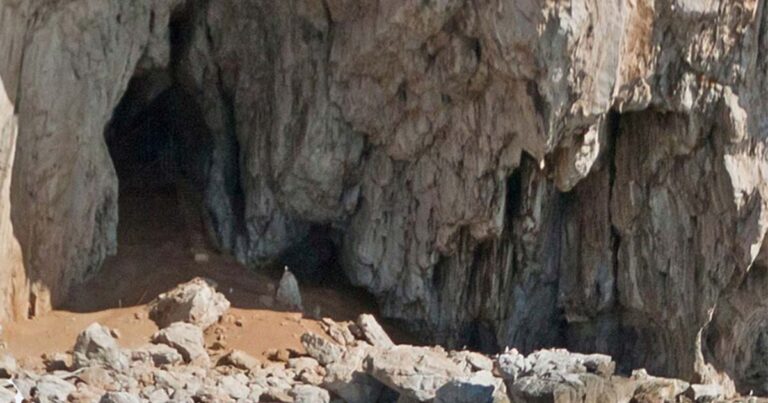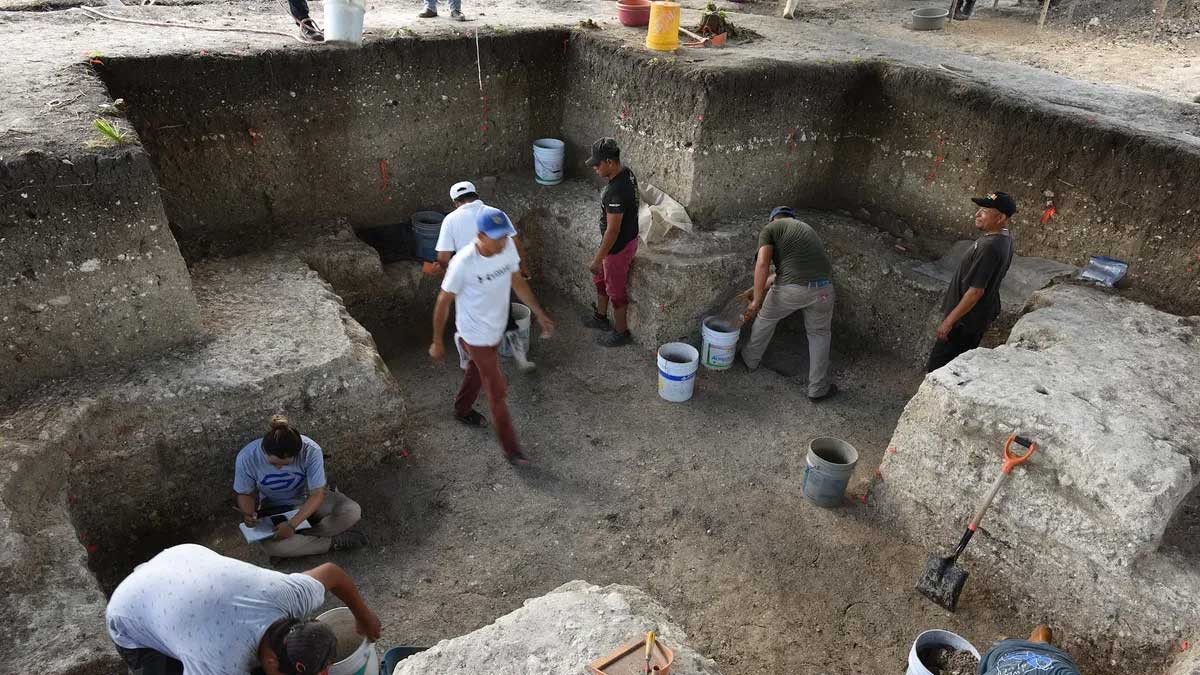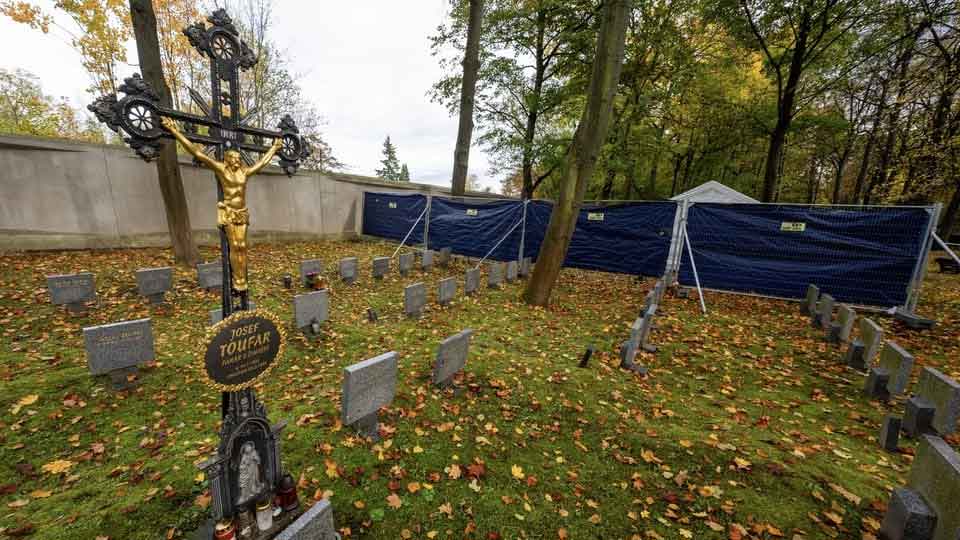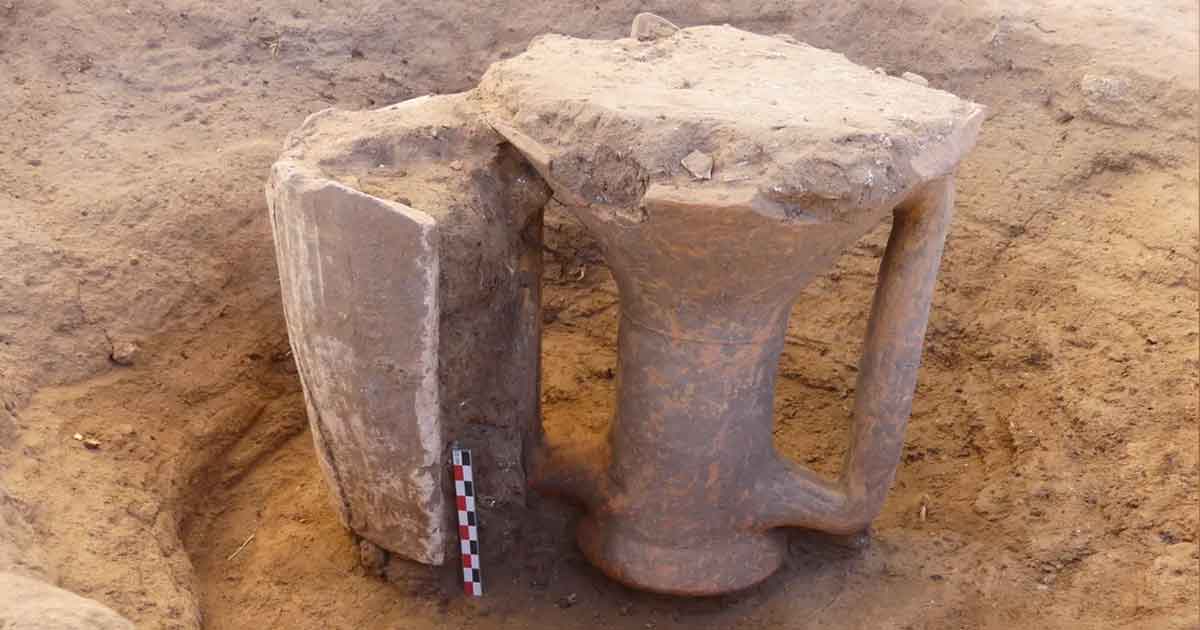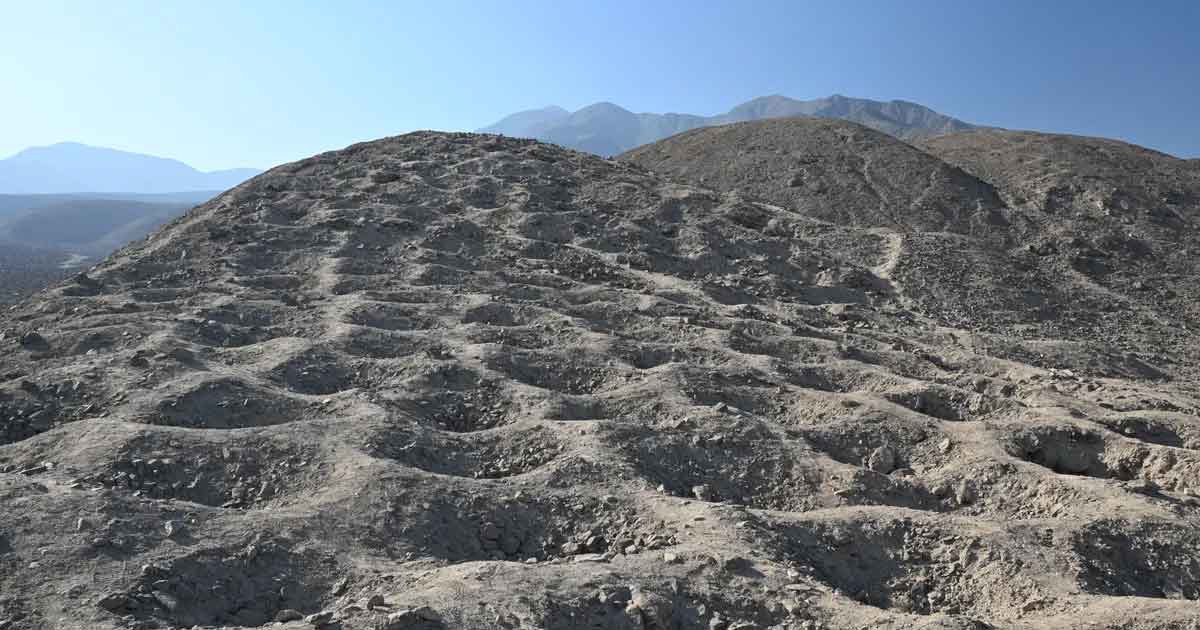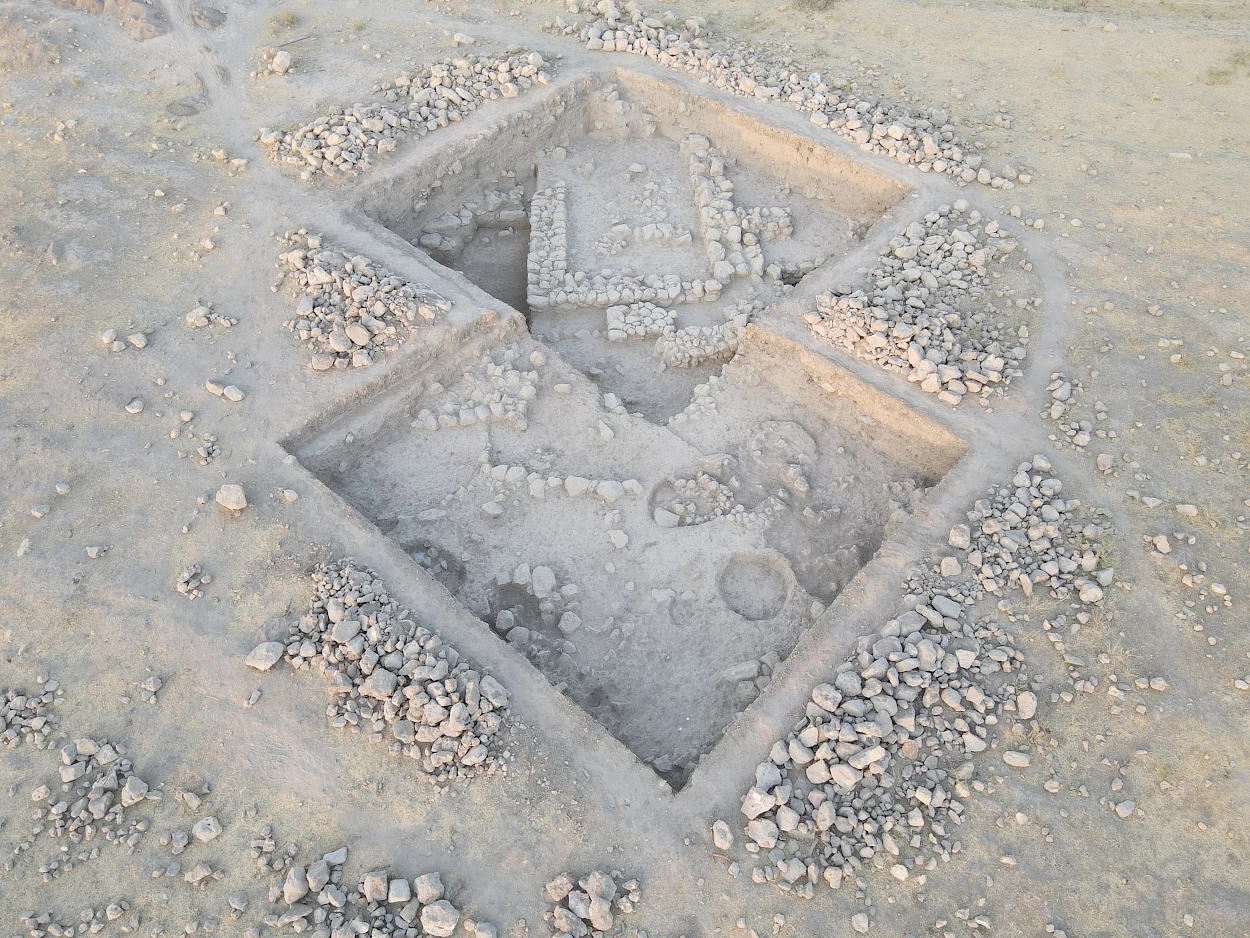A new discovery in Gibraltar may finally confirm a long held theory about Neanderthals. While we know they knew how to make fire, now we know to make ovens too.
Existing theories abound about neanderthal hearths and the structures built around them to capture and enhance their heat, primarily for extracting tar which they used in reinforcing and fixing the hafts of their tools. But this structure, according to the team led by Juan Ochando from the University of Murcia in Spain and published in Science Direct, is thought to have never been seen before.
The hearth was found in a seaside cave, part of the UNESCO World Heritage Gorham’s Cave Complex. It seems to have been a specialized factory for burning wood at a high temperature and extracting the sticky tar from within.
- The Mycenaean Collapse: A Massacre in the Palaces?
- The Shakespeare Authorship Question: Snobbery and Wishful Thinking
Neanderthals had understood the secrets of fire for hundreds of thousands of years by this point, and as expected this is not some simple fire pit. But the team believe that this is an entirely new, hitherto unknown way in which they used fire.
The structure is an almost circular trench, between 22 and 25 cm in diameter. Two conduits pass from the center in opposite directions, one leading to a base with a “two lobed” shape.
Analysis of the sediment surrounding the structure indicates it has become stronger over time through exposure to a very high heat, which discounts the possibility that this might be some animal burrow. The thick wall and careful, multichambered construction instead appears to be “clearly” man-made.
The walls of the structure were covered with the remains of wax residue from plants, which were burned in the central depression. The fire inside burned hot enough to reduce some of these plants to charcoal rather than ash and allow them to be identified: specimens of Cistaceae or rock roses, a local flowering plant, have been found.
It is these rock roses which would have provided the resin. The leaves would have been added to the trench and then heated, and then covered with a layer of sand and guano to choke off the oxygen. A fire is then built on top.
The positioning of the hearth at the bottom of the cave, itself infilled with sand, would allow this temperature and any ingress of oxygen to be carefully controlled. The heat would rise to a point where the guano itself is hardened into a crust and distinctive white spheres on top; breaking through this crust allows access to the tar and resin underneath.
All of the evidence of the cave points to this having been a carefully constructed system for this exact purpose. The team even made a reconstruction of the hearth, and discovered it worked as predicted and left similar residues behind which, when hot, could easily be applied to tools and weapons.
A 65,000-year-old neanderthal weapons factory? It would seem so.
For more information, see the original study: https://doi.org/10.1016/j.quascirev.2024.109025
Header Image: Vanguard Cave, part of the UNESCO Gorham’s Cave complex, holds a secret: neanderthals built a hearth within for making glue, 65,000 years ago. Source: Gipmetal77; Victuallers / CC BY-SA 3.0.

